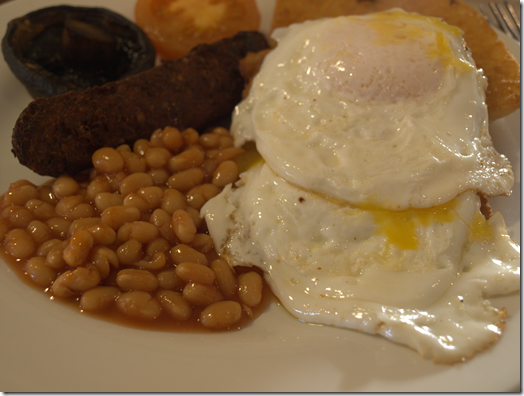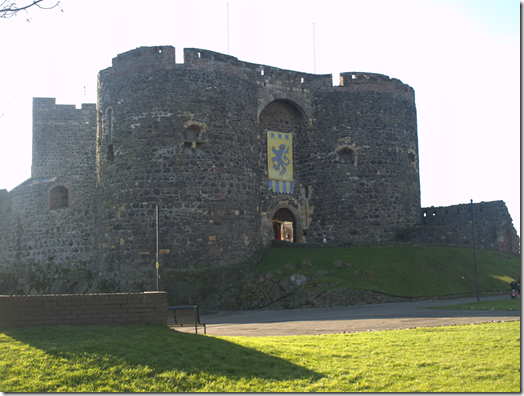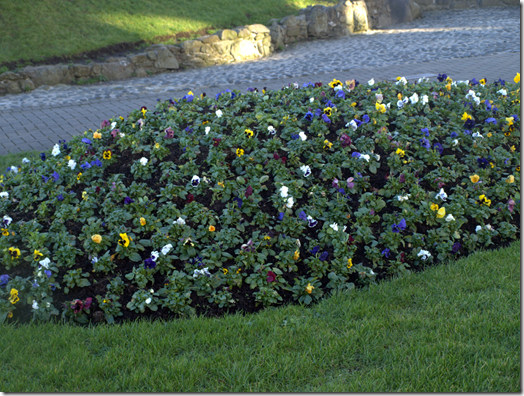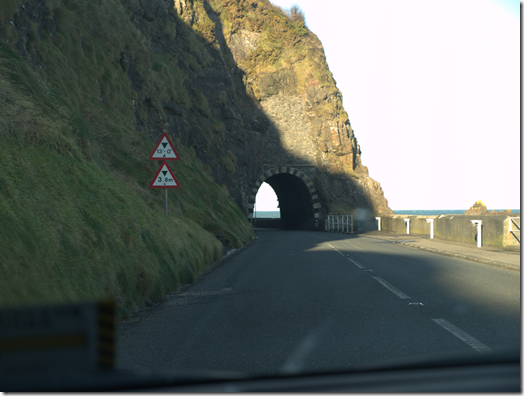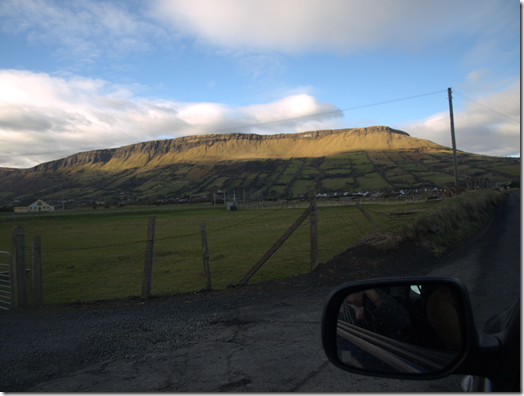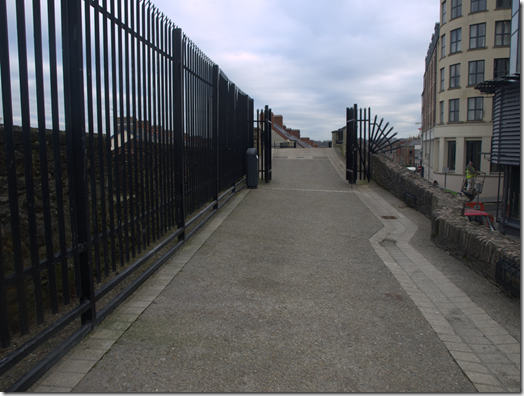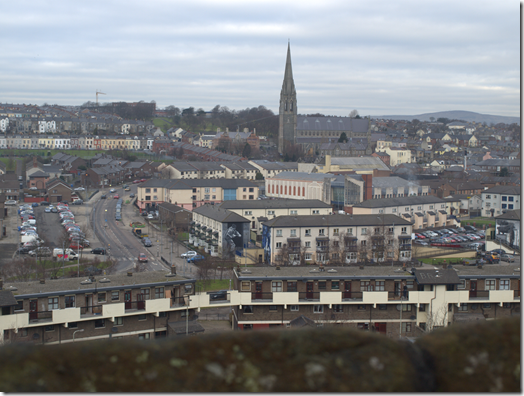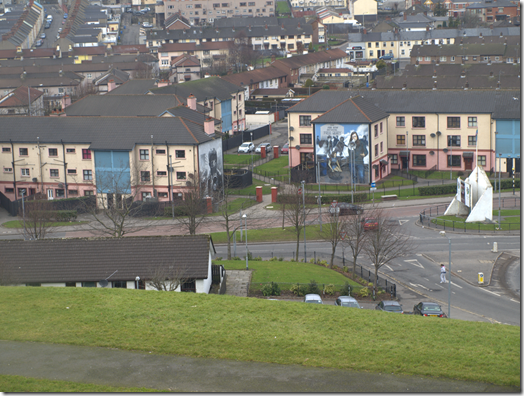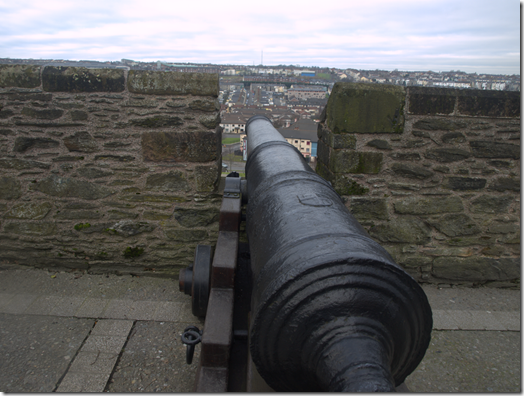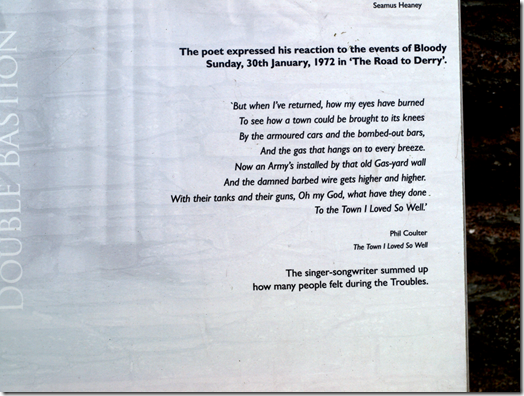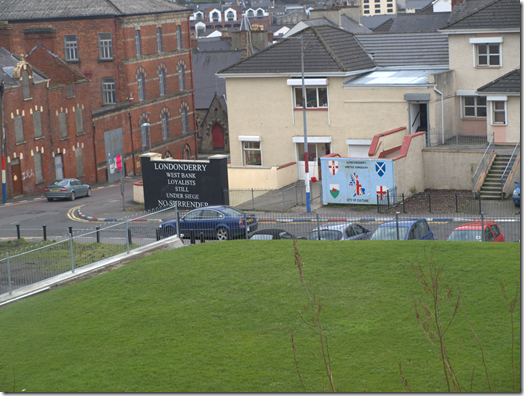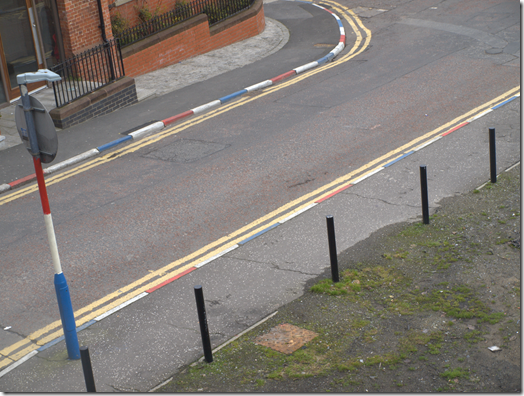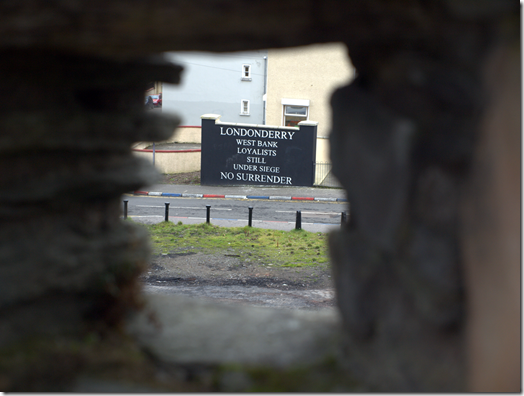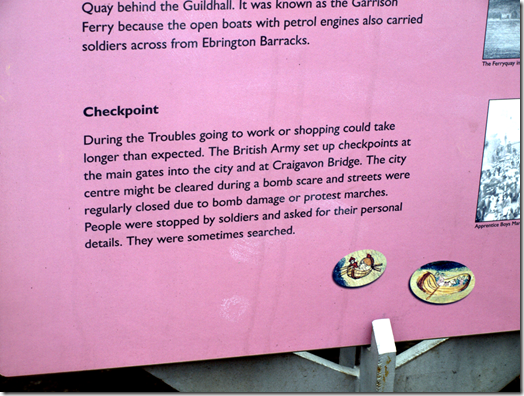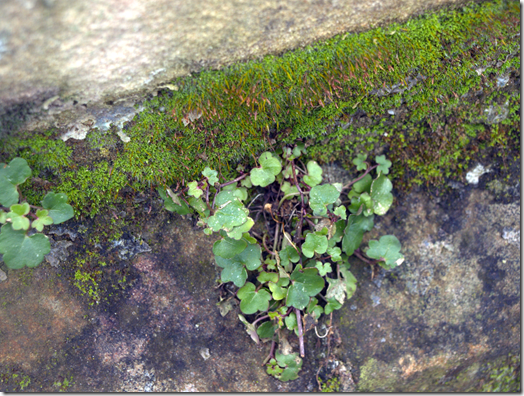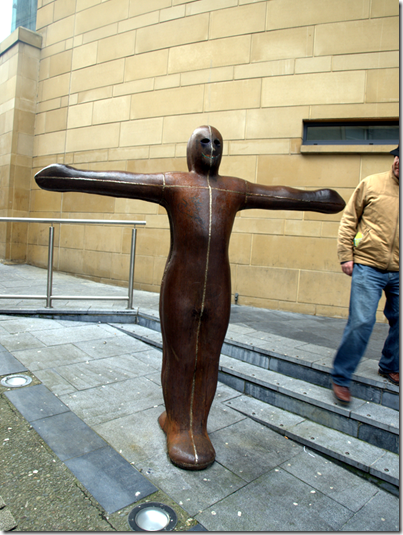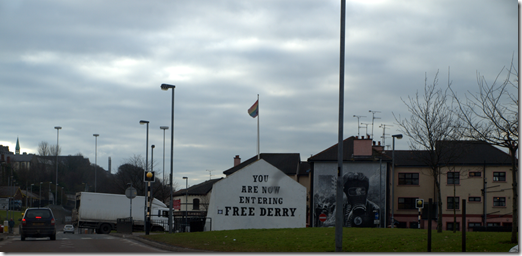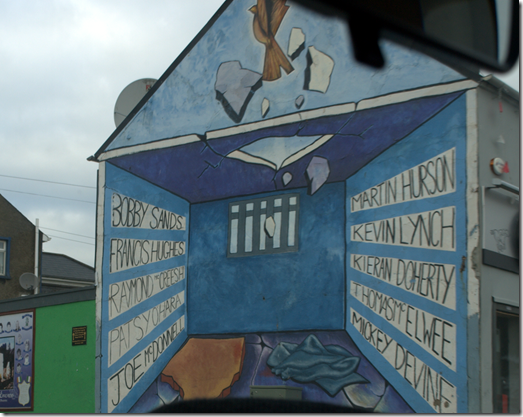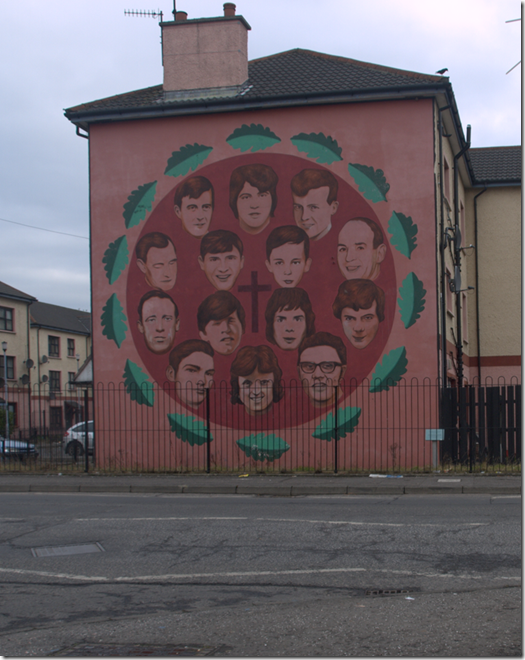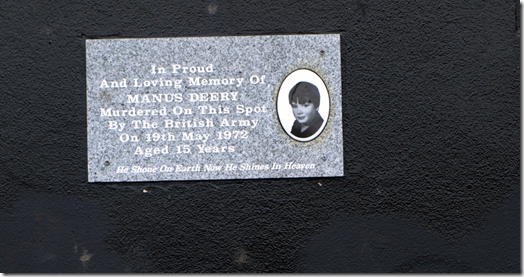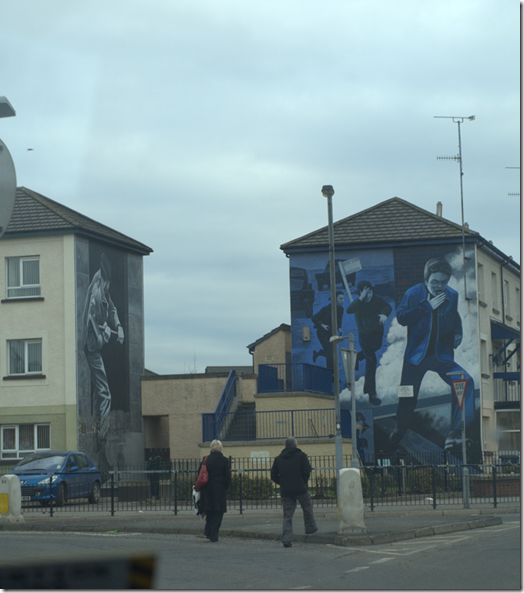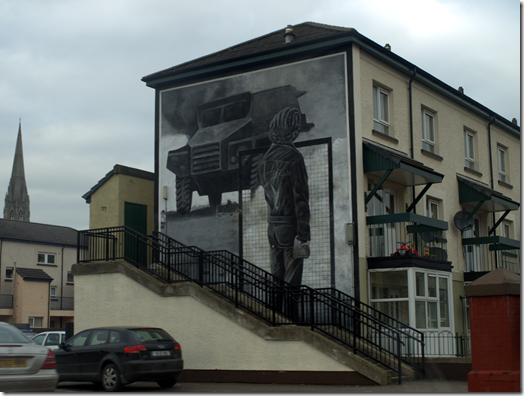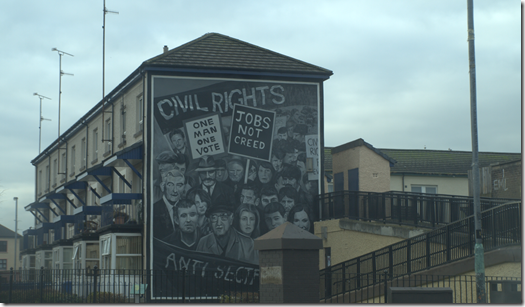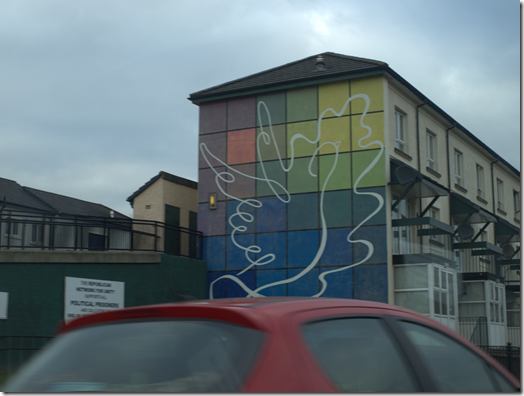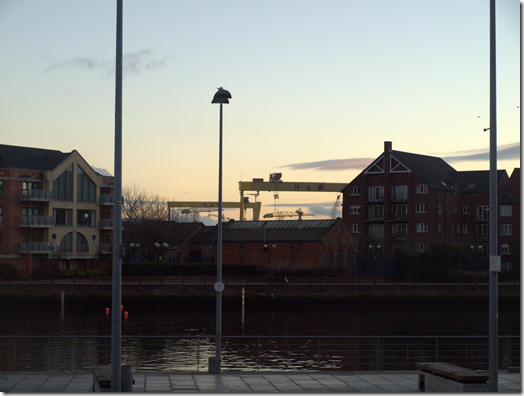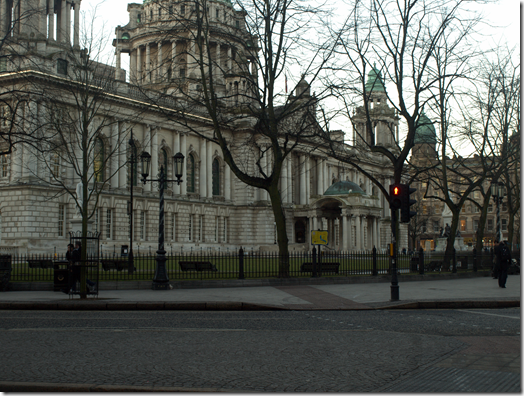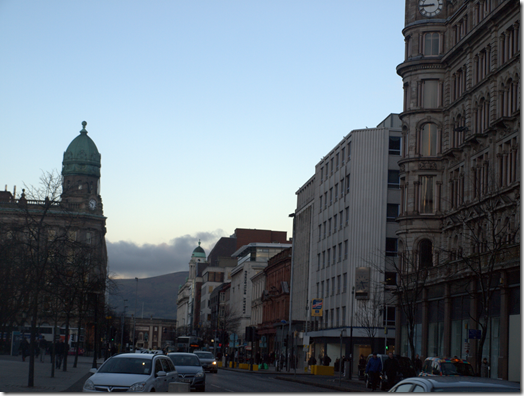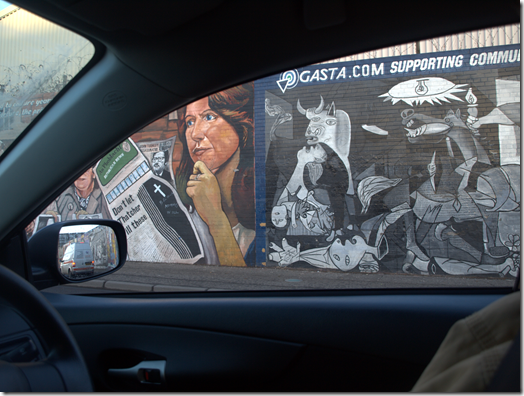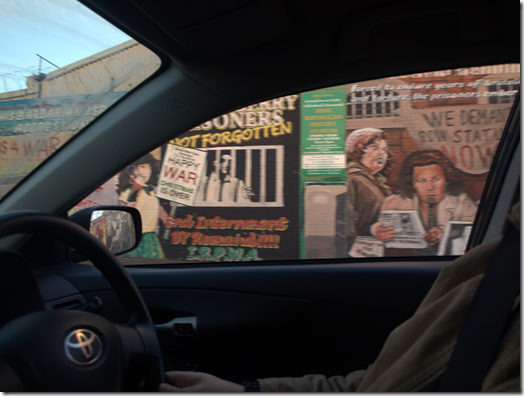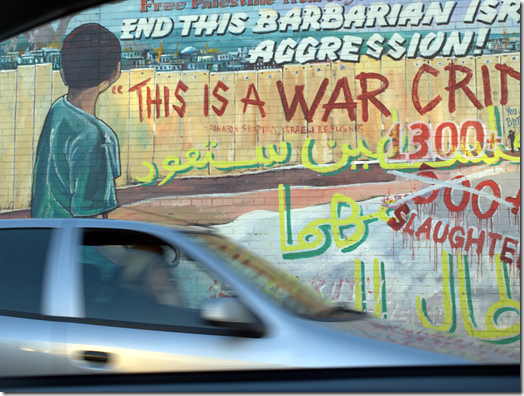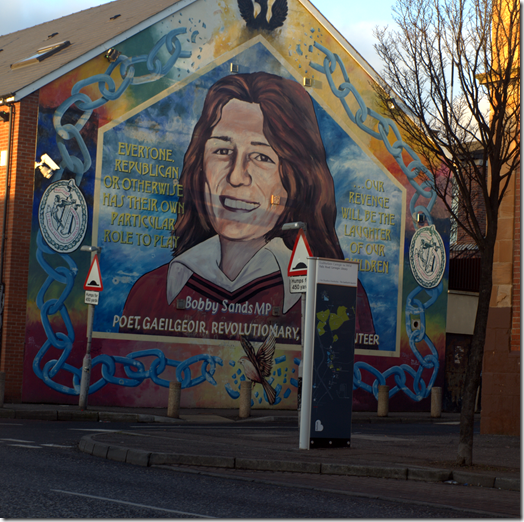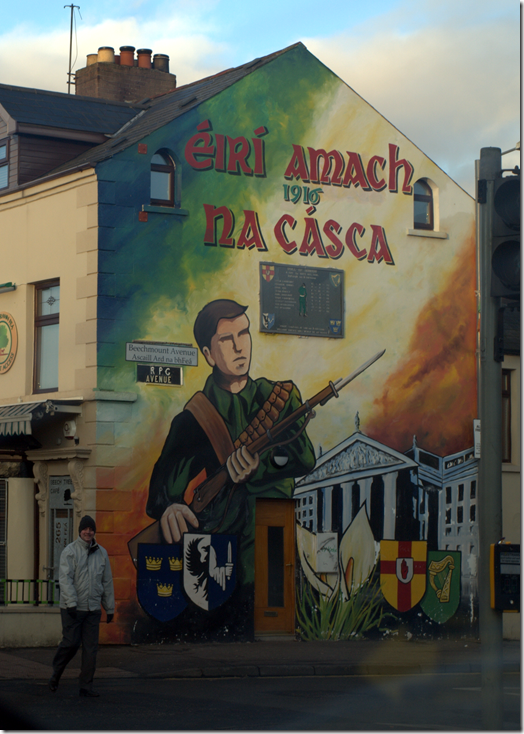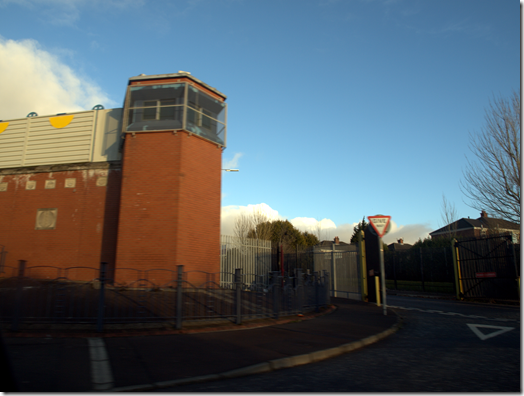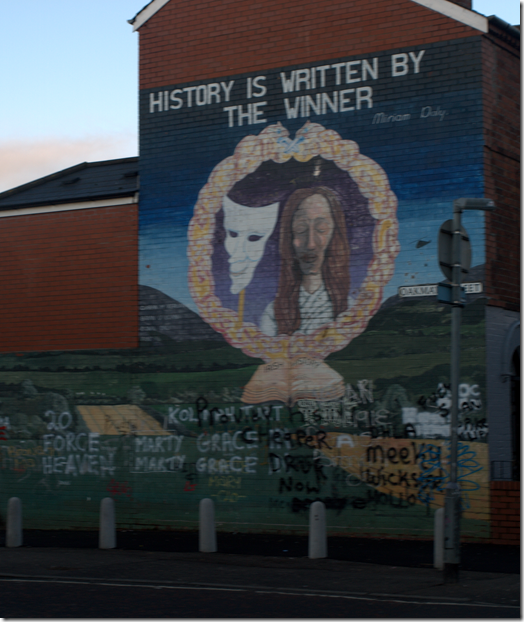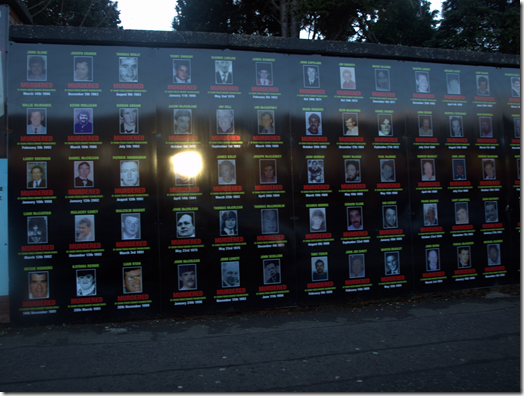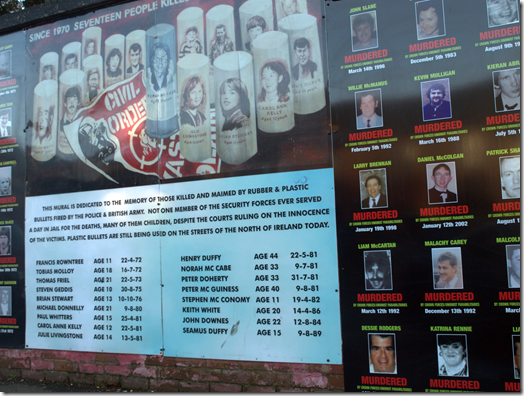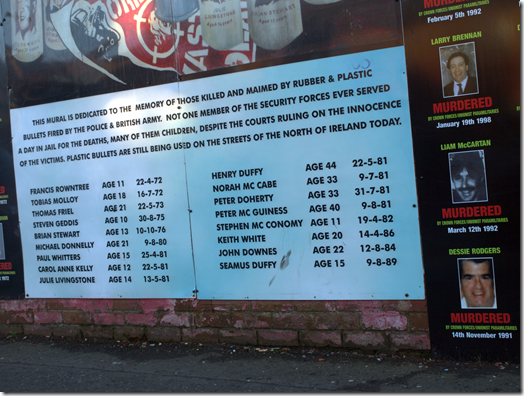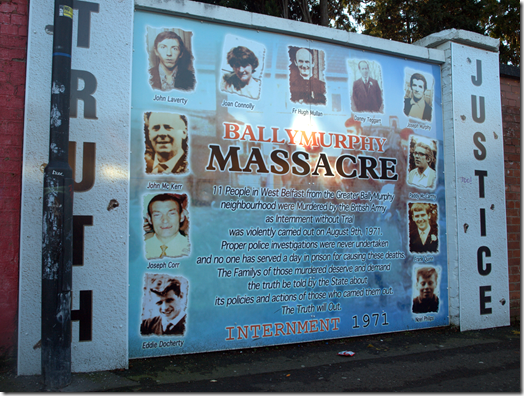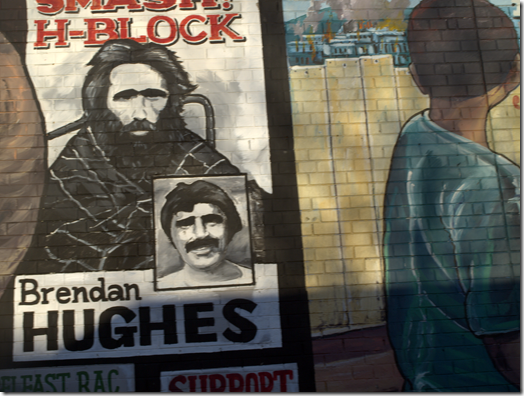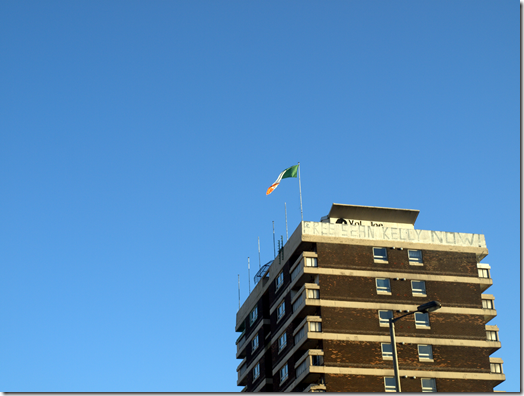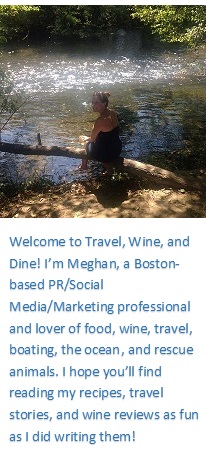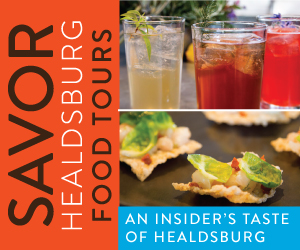After making our way across the ocean from Boston to Dublin, driving from Dublin to Belfast, leaving Belfast and driving some more, and after we had been awake for over 24 hours, we decided that breakfast was a necessity if we wanted to continue on.
A short drive outside of Belfast, we stopped in a coastal town called Carrickfergus and found ourselves a pub serving breakfast. And not just any breakfast, but the Ulster fry. Made up of eggs, bacon, sausage, baked beans, potato bread, mushroom, blood pudding, and tomato, the Ulster fry is a little bit different than the fry my husband’s family cooks up but is just as hearty a way to start the day.
Feeling tired and not ready for a plate full of meat, the husband and I both decided to go for the vegetarian Ulster fry, the small version, which ended up being enormous. I am glad I didn’t order the large!
A few cups of tea, some juice, and water later, we were feeling more awake and ready for a walk along the beach and a spin around Carrickfergus Castle. In addition to being a lovely town, Carrickfergus is the subject of a beautiful song about emigration from Ireland. With the Irish economy in poor condition and 1,000 people leaving Ireland each week, the song remains relevant today.
And see, I told you winter in Ireland is mild. Green grass and pansies withstand the chilly Carrickfergus coastal winds quite nicely! It was a relief to see a bit of green grass not covered in snow.
After our short stop in Carrickfergus, we took the coastal route North towards Bushmills and the Giants Causeway. Built literally on the edge of a cliff for much of the drive, the road was winding and narrow with the most breathtaking views. Here we passed through a tunnel carved out of a bit of rock. There were multiple times I thought we were going to crash into the mountain; remember we were driving on the left!
I didn’t take nearly as many photos as I should have. With the car being warm and an intense lack of sleep, I dozed on and off.
My husband has amazing driving skills and from learning to drive in Ireland did an awesome job getting us to our destinations safely, despite how tired he was.
After checking into the Bayview Hotel in Portballintrae and dropping our bags off in our room, which had a beautiful balcony view (photo taken the next morning), we headed out for more driving along the North Antrim coast.
Our drive brought us just over a mile to one of the sights we had come to Northern Ireland to see, the Giants Causeway.
What is the Giants Causeway you ask? You have to walk down a long road to get there, flanked on one side by mountains with a number of falling rock signs ![]() and on the other by rugged coast.
and on the other by rugged coast.
Down the road you go, until you see a small portion of coastline that looks like this.
Perfectly made columns of stone, mostly hexagonal, arranged like stairs fill the coast and go down into the sea.
How did they get there?
Legend has it that the Irish warrior Fionn mac Cumhaill (Finn McCool) built the causeway to walk to Scotland to fight his Scottish counterpart Benandonner. One version of the legend tells that Fionn fell asleep before he got to Scotland. When he did not arrive, the much larger Benandonner crossed the bridge looking for him. To protect Fionn, his wife Oonagh laid a blanket over him so he could pretend that he was actually their baby son. In a variation, Fionn fled after seeing Benandonner’s great bulk, and asked his wife to disguise him as the baby. In both versions, when Benandonner saw the size of the ‘infant’, he assumed the alleged father, Fionn, must be gigantic indeed. Therefore, Benandonner fled home in terror, ripping up the Causeway in case he was followed by Fionn.
Science says that tens of millions of years ago, the area was highly volcanic, and molten basalt squeezed out through the earth and rapidly cooled creating the unique rock formations. Obviously, I find the legend more interesting.
We walked up from the Giants Causeway as the sun was setting, and as with nearly everywhere in Ireland at sunset, the light was magnificent.
And as we walked back to the car, we caught sight of this farmer, in his jeep, baaaaaaahing out the window at his flock of sheep. As he baahed at them, they lined up and started sprinting after the jeep, following him to a new field and waiting to be hand fed. It was absolutely hilarious listening to the conversation between the farmer and sheep. Toward the end, a few of them were clearly tired and started lagging behind. My husband grew up farming sheep and had never seen something like this before. Very funny. ![]()
I had intended to include our dinner at the Bayview Hotel and visit to Dunluce Castle in this post, but it is getting quite long. I have so many photos; I really was thinking of you all while we were traveling and wishing you could experience all of the beauty that we saw. Next time I will be doing video blog posts for sure.
So. . . I found a couple of new UK/Ireland reality TV shows while away, My Big Fat Gypsy Wedding (totally trashy TV covering the over the top weddings of gypsies and travellers), and The Model Scout. This made me super excited because I love bad TV, and while you might not care I just had to share. You can find these shows on You Tube, but beware, they will suck you in. ![]()
Are you a fan of mindless TV like I am? What are your favorite TV shows?


